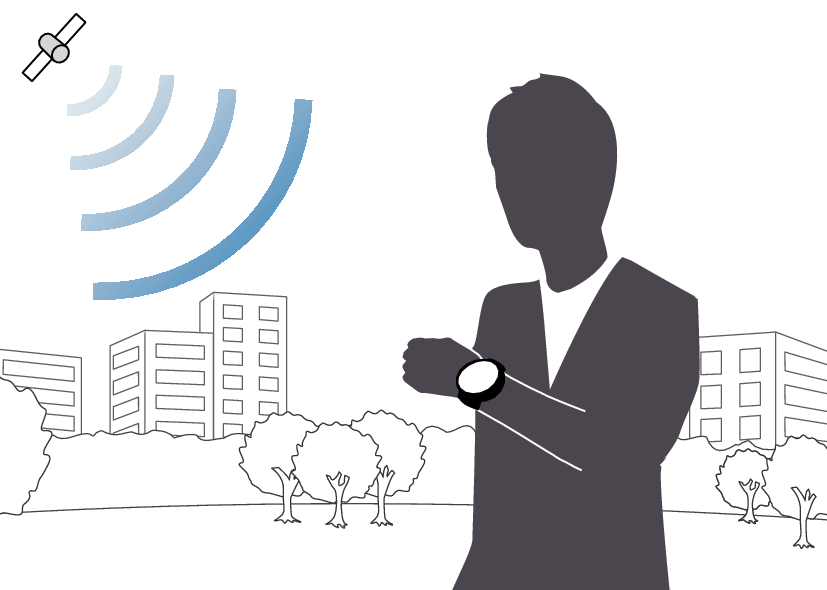A mobile phone signal (also known as reception and service) is the signal strength (measured in dBm) received by a mobile phone from a cellular network (on the downlink). Depending on various factors, such as proximity to a tower, any obstructions such as buildings or trees, etc. this signal strength will vary. Most mobile devices use a set of bars of increasing height to display the approximate strength of this received signal to the mobile phone user. Traditionally five bars are used
Generally, a strong mobile phone signal is more likely in an urban area, though these areas can also have some “dead zones”, where no reception can be obtained. Cellular signals are designed to be resistant to multipath reception, which is most likely to be caused by the blocking of a direct signal path by large buildings, such as high-rise towers. By contrast, many rural or sparsely inhabited areas lack any signal or have very weak fringe reception; many mobile phone providers are attempting to set up towers in those areas most likely to be occupied by users, such as along major highways. Even some national parks and other popular tourist destinations away from urban areas now have cell phone reception, though location of radio towers within these areas is normally prohibited or strictly regulated, and is often difficult to arrange.




